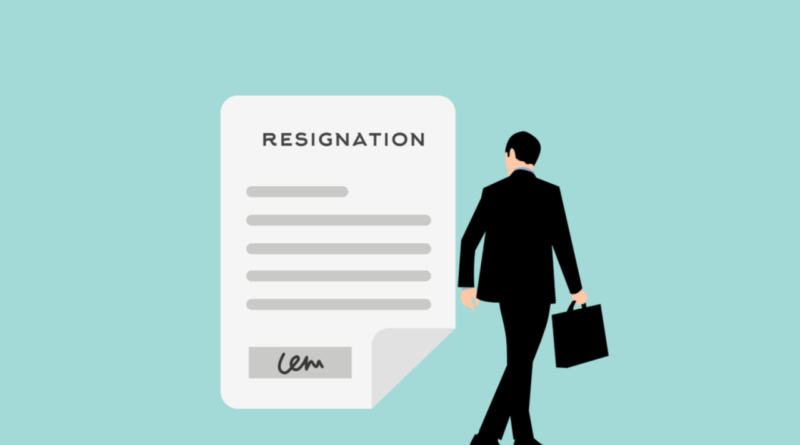How to Write a Notice Letter: A Step-by-Step Guide
Changing careers can be challenging for most people, but what is most important is to leave gracefully due to the transition. Please know that when you hand in a professionally written resignation or notice letter, you don’t burn bridges. This will be the best possible way for someone to avoid leaving on bad terms.
It does not always go wrong when one resign. Writing a notice letter is essential, as it clearly announces your leaving the company. This kind of professional move eases diverse understandings and allows for preparing in case the organization wants to make necessary steps towards replacement of the position you occupied and other tasks.
Notice Lettering
Notice letters are formal letters that inform your boss of your intention to resign from your work. Its primary function is to maintain professionalism since this should be done at a very timely point just prior to unexpected loss against employer’s preparation for his pending absence. Additionally, this will give a well-written notice to your employer on how to conclude loose ends, prepare for replacement, and find a suitable time to make a final exit.

Types of Notice Letters
The letter’s formality relies on your reason. Even though it is mostly up to you to decide how much you want to share, it does depend on the following:
For Job Change: Changing one’s job indicates the reason for resignation.
Advance in Career: A great career change can be: moving from digital marketing to social media management. Just write that.
Personal Reasons: Enough said; write that as “personal reasons.”
Key components of a Notice Letter
Some of the things that need to be in the letter are as follows:
Head: Identifying the writer and the date.
Salutation: Be civil and respectful when you address [Manager’s Name].
Purpose clause, your main objective clearly stated about the resignation letter, e.g., “I am writing this formal letter to resign from my position as [Job Title].”
Key information:
Day and Date of the notice and/or the last day worked by you.
Necessary information, such as notice period.
Optional: Give a little of your reason for leaving.
Next steps: How will you help the transition? (Passing on your duties and so on).
Thank-you note: It is important to thank an employer for a chance and show gratefulness.
Closing: Finish with a formal good-by , such as “Sincerely” or “Best regards,” and your name.
Writing an Effective Notice Letter – Upper Angle
These tips can help make your notice professional and clear:
Check your contract: Make sure to follow all notice period and contractual requirements.
Be brief and to the point: Nothing extra, only the important details.
Use professional language: Keep your language polite and respectful.
Take the standard format of a letter: A well-organized and structured letter, even punctuation is well placed.
Proofread: Let someone else also check the letter before submitting.
Be safe: Make a copy of the letter for later use if required.
Don’t delay: Submit your letter as soon as possible to avoid legal or operational issues.
Always: Maintain professionalism. Even if enough to resign, politely accept your resignation letter.
As I write this letter, I am handing my formal resignation from [Position] at [Company Name], to be effective from [Last Working Day] b two weeks from the date of this letter). I would like to tell you how much I have appreciated working with [Company Name] and the opportunities it granted me.
I am committed to making the transition smooth. I am very willing to engage in training my successor or provide any handover information required childishly before my departure at the end of term. Kindly let me know about those things I could do toward these lines.
Once again, thanks to the opportunity given to work with such a great team. It helped me to learn a lot many things I was not aware of before, and for that, I greatly appreciate the support and experiences I have gained here.




